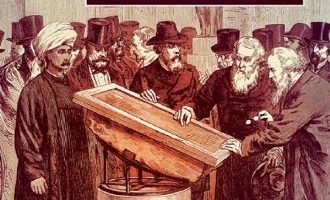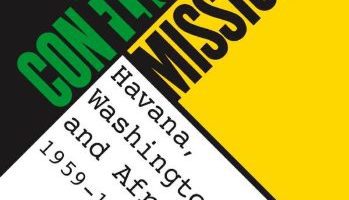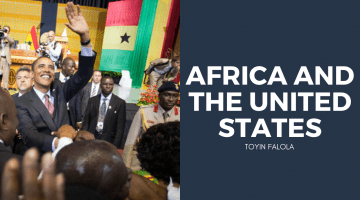Racing the Enemy: Stalin, Truman, and the Surrender of Japan by Tsuyoshi Hasegawa (2006)

On August 6, 1945, the United States of America became the first (and so far only) nation to use atomic weapons against an enemy. Since then, the world has wrestled with questions about the bombings of Hiroshima and Nagasaki: Did the A-bombs save American and Japanese lives by hastening Japan's surrender?
Contending Visions of the Middle East: The History and Politics of Orientalism by Zachary Lockman (2004)

In this work, Zachary Lockman seeks to introduce a general audience to the history of the study of Islam and the Middle East in the United States and Europe, with particular attention to US studies from the mid-twentieth century. The importance of this book lies in Lockman’s attempt to reach the general public with information about the history, politics, and culture of the Middle East.
Rise of the Vulcans: The History of Bush’s War Cabinet by James Mann (2004)

James Mann provides a lively and comprehensive study of the advisers who would guide George W. Bush as he sought to make the world safer for U.S. Mann argues that Bush’s inexperience led him to rely on—as well as greatly empower—a cohort including some of the most experienced and respected members of the conservative foreign policy making community.
Propaganda or Progress?
Sad and Luminous Days: Cuba’s Struggle with the Superpowers after the Missile Crisis by James G. Blight & Philip Brenner (2002)
Where Stalin’s Russia Defeated Hitler’s Germany: World War II on the Eastern Front
Conflicting Missions: Havana, Washington, and Africa, 1959-1976 by Piero Gleijeses (2002)

Conflicting Missions: Havana, Washington, and Africa, 1959-1976, takes readers beyond the familiar categories of the Soviet-American Cold War. In the wake of decolonization, as charismatic national leaders emerged across Africa – from Algeria to Zaire – statesmen in Washington and Moscow waited anxiously to see if the new governments would align with democracy or communism.



